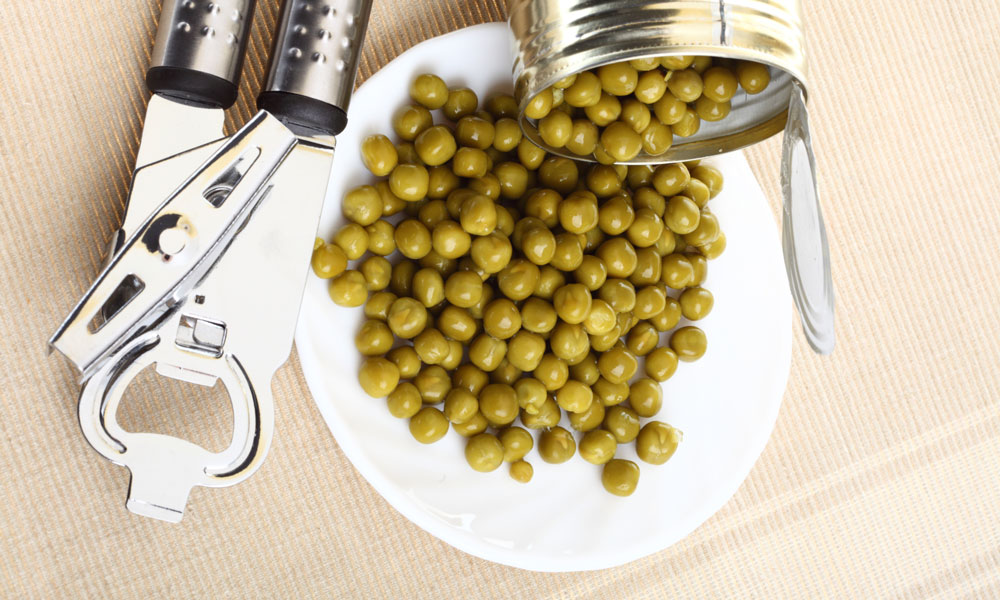
Predictive Tool Sniffs Out Food Fraud
To help grocery manufacturers assess their risk of getting adulterated food, the Grocery Manufacturers Association is deploying new a vulnerability assessment tool.
So-called food fraud—such as melamine in infant formula and pomegranate juice cut with grape juice—can be difficult to detect, but the Grocery Manufacturers Association is hoping to make it a little easier.
GMA has launched a web-based software tool called EMAlert to help its members assess their vulnerability to economically motivated adulteration (EMA). With these types of adulteration, suppliers cut corners to save money.
The tool helps manufacturers assess and prioritize their risk. It “formalizes the approach” they take to risk assessment and brings an objective risk rating to what is now a subjective process, said Shannon Cooksey, vice president of science policy and program management at GMA. “It allows them to customize their mitigation strategy,” she said.
EMAlert, developed with Battelle, is a predictive tool that looks at 50 commodities (e.g., butter, ground turkey, avocado, apple juice, quinoa, extra virgin olive oil, saffron, cumin, honey) and considers 12 attributes that may drive the decision to adulterate a commodity, including value, scarcity or surplus, and geopolitical conditions. The tool pulls data in real time, includes the manufacturer’s input, and tells the manufacturer how likely it is that its products have been adulterated.
“EMAlert works by providing quantitative estimates of an organization’s vulnerability to EMA for each commodity included in the analysis based on a combination of characteristic attributes and subject matter expert-based weightings,” said Ashley Kubatko, principal research scientist at Battelle, in a statement. “The approach focuses on predicting fraudulent tendencies similar to approaches used by Battelle for the U.S. Department of Homeland Security to predict terrorist tendencies and preferences.”
For example, saffron is a high-priced commodity, so it is a potential target for adulteration, Cooksey said. Also, juices can end up misbranded if the juice contains more of an inexpensive juice than the label states.
To act on risks, manufacturers can shift toward suppliers in other areas of the world or can develop tests for targeted commodities. If a commodity is considered high risk, the manufacturer can visit and audit its supplier, Cooksey said. She pointed to the adulterated infant formula that sickened and killed babies. “Maybe we would have been able to prevent that” with EMAlert, she said.
GMA’s priorities include “ensuring the safety of products and the confidence of consumers,” said Roger Lowe, GMA’s executive vice president of strategic communications. Aside from protecting people from unsafe food, another food safety issue is food allergies. For example, cumin has been adulterated with peanut shavings, which creates a danger for people allergic to peanuts, Cooksey said.
“In today’s globally distributed, dynamic food supply network, there are inherent risks to the integrity of the supply chain,” GMA said in a statement. “Some estimate that food fraud costs the world economy $49 billion annually, and it has been estimated that about 10 percent of the food we buy is likely adulterated.”
The tool will help manufacturers meet their obligations under the FDA’s Food Safety Modernization Act Preventive Controls for Human Food, which has compliance dates for some businesses beginning in September. It requires companies to document how they are assessing their vulnerabilities, and Cooksey said much of that is ad-hoc currently.
(iStock/Thinkstock)






Comments